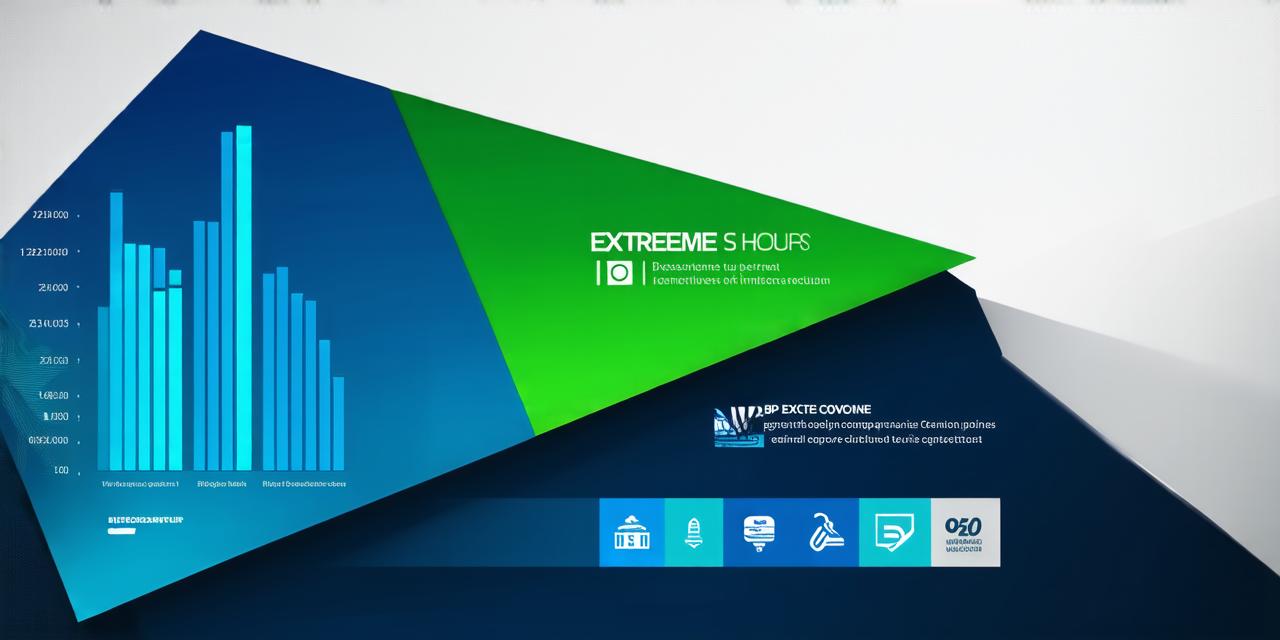Introduction
If you’re an investor looking to diversify your portfolio or simply curious about the state of corporate America, the S&P 500 index is a great place to start. This list of 500 publicly traded companies is widely considered a benchmark for overall stock market performance in the United States. But with so many options to choose from, how can you identify the top performers? In this article, we’ll delve into the world of S&P 500 companies and highlight some of the leading players in corporate America today.
1. Apple Inc. (AAPL)
Apple Inc. is one of the largest technology companies in the world, with a market capitalization of over $2 trillion. The company was founded in 1976 by Steve Jobs and has since expanded its product offerings to include everything from smartphones and tablets to laptops, desktops, and home automation systems.
One of Apple’s key strengths is its brand recognition and customer loyalty. The company has built a reputation for innovation and quality, which has helped it maintain a premium price point for its products. Apple’s products are also highly integrated, making them easy to use and increasing their perceived value.
Despite its success, Apple faces several challenges. One major challenge is the ongoing trade war between the United States and China, which could affect the company’s ability to manufacture and sell its products in those countries. Apple has also been criticized for its labor practices in Asia, which could lead to increased regulatory scrutiny.
2. Microsoft Corp. (MSFT)
Microsoft Corp. is another technology giant with a market capitalization of over $1 trillion. The company was founded in 1975 and has since expanded its product offerings to include everything from personal computers and gaming consoles to cloud computing services and artificial intelligence software.
One of Microsoft’s key strengths is its long-term vision and investment in research and development. The company has made significant investments in emerging technologies like artificial intelligence and quantum computing, which could position it for future growth.
Despite its success, Microsoft faces several challenges. One major challenge is the ongoing shift towards cloud computing, which could disrupt the traditional revenue streams of companies like Microsoft. The company also faces increasing competition from other technology giants like Amazon and Google.
3. Amazon.com (AMZN)
Amazon.com is one of the largest e-commerce companies in the world, with a market capitalization of over $1.5 trillion. The company was founded in 1994 by Jeff Bezos and has since expanded its product offerings to include everything from books and electronics to groceries and home goods.
One of Amazon’s key strengths is its logistics and distribution network, which allows the company to quickly and efficiently ship products to customers around the world. The company has also made significant investments in artificial intelligence and machine learning, which could position it for future growth in areas like supply chain management and personalized marketing.
4. Berkshire Hathaway (BRK-A)
Berkshire Hathaway is one of the largest conglomerates in the world, with a market capitalization of over $500 billion. The company was founded in 1938 by Warren Buffett and has since expanded its product offerings to include everything from insurance and finance to retail and manufacturing.
One of Berkshire Hathaway’s key strengths is its long-term investment approach and focus on shareholder value. The company has a proven track record of acquiring undervalued companies and turning them around, which has helped it build a diverse portfolio of businesses.
Despite its success, Berkshire Hathaway faces several challenges. One major challenge is the ongoing COVID-19 pandemic, which has disrupted global supply chains and increased demand for insurance and other financial services. The company also faces increasing competition from other conglomerates and technology giants like Google and Apple.
5. Alphabet Inc. (GOOGL)
Alphabet Inc. is one of the largest technology companies in the world, with a market capitalization of over $1 trillion. The company was formed in 2015 when Google restructured as a holding company, and it includes subsidiaries like YouTube, Gmail, and Google Maps.
One of Alphabet’s key strengths is its long-term investment approach and focus on innovation. The company has made significant investments in emerging technologies like artificial intelligence and autonomous vehicles, which could position it for future growth.
Despite its success, Alphabet faces several challenges. One major challenge is the ongoing COVID-19 pandemic, which has disrupted global supply chains and increased demand for online advertising and other digital services. The company also faces increasing competition from other technology giants like Amazon and Microsoft.
Conclusion
The S&P 500 index is a widely followed benchmark for overall stock market performance in the United States, and the top companies in this index are some of the most successful and innovative businesses in the world today. Whether you’re an investor looking to diversify your portfolio or simply curious about the state of corporate America, understanding these companies and their strengths and challenges is essential for staying ahead of the curve.
As we continue to navigate a rapidly changing business landscape, it will be interesting to see how these top companies adapt and innovate in order to stay competitive. One thing is clear, however: these companies have proven themselves to be leaders in their respective industries, and they are well-positioned for continued success in the years to come.
FAQs
Here are some frequently asked questions about the S&P 500 index:
1. What is the S&P 500 index?
The S&P 500 index is a market capitalization-weighted index that represents approximately 80% of the total U.S. stock market value. It was first introduced in 1957 and includes 500 large-cap companies from various industries.
2. Who are the top companies in the S&P 500 index?
The top companies in the S&P 500 index vary based on their performance over time, but some of the largest and most successful companies include Microsoft Corp., Amazon.com, Berkshire Hathaway, and Alphabet Inc.
3. How is the S&P 500 index calculated?
The S&P 500 index is calculated using a formula that takes into account the market capitalization of each company in the index. The companies are weighted by their market capitalization, with larger companies having a greater impact on the overall index performance.
4. What is the purpose of the S&P 500 index?
The purpose of the S&P 500 index is to provide a benchmark for measuring the performance of the U.S. stock market as a whole. It is widely used by investors and financial analysts as a measure of the overall health and direction of the economy.


